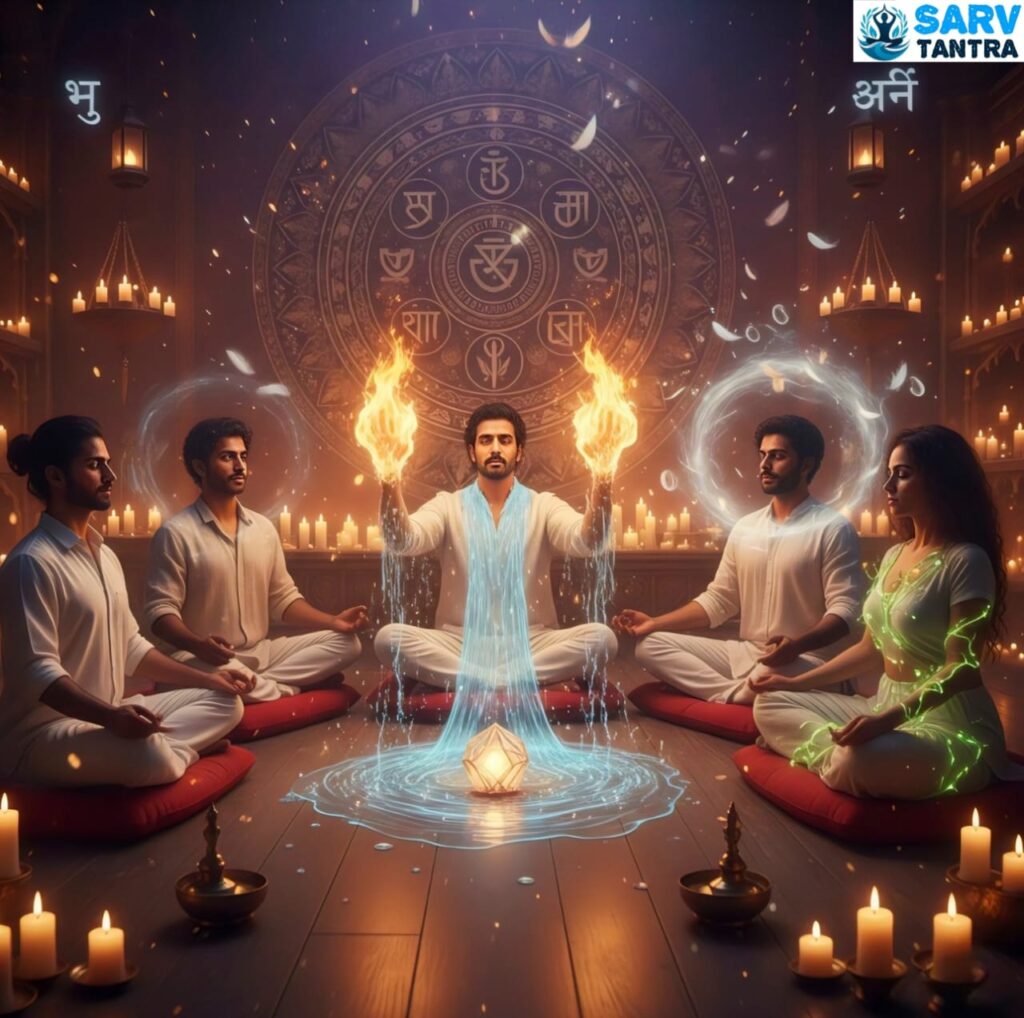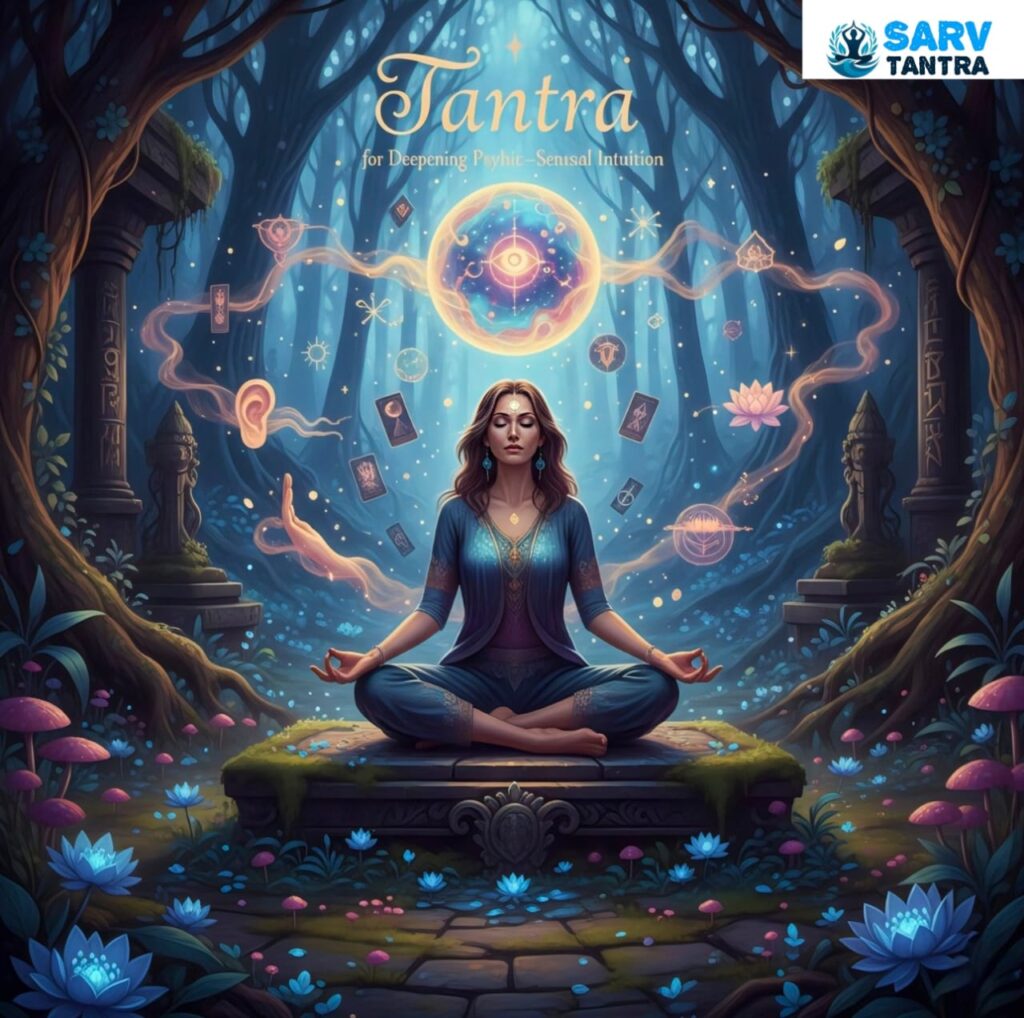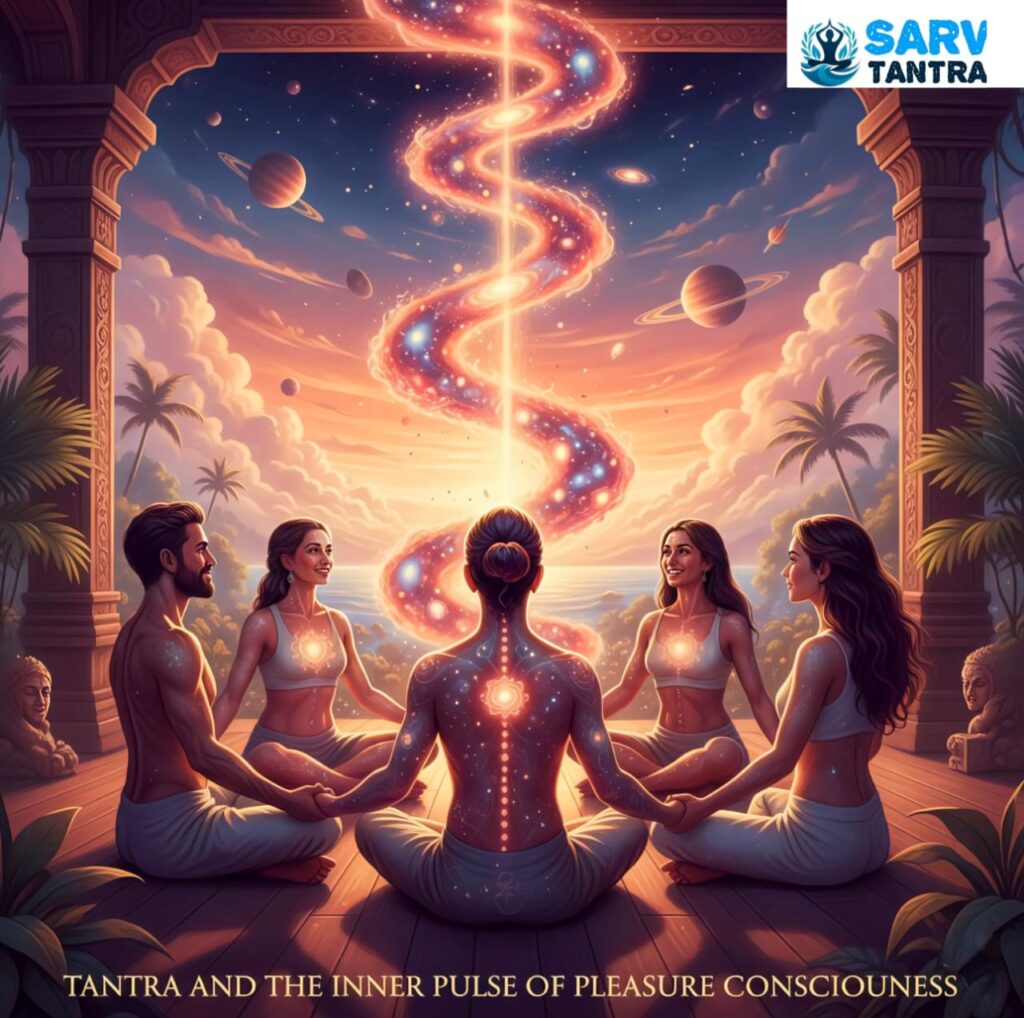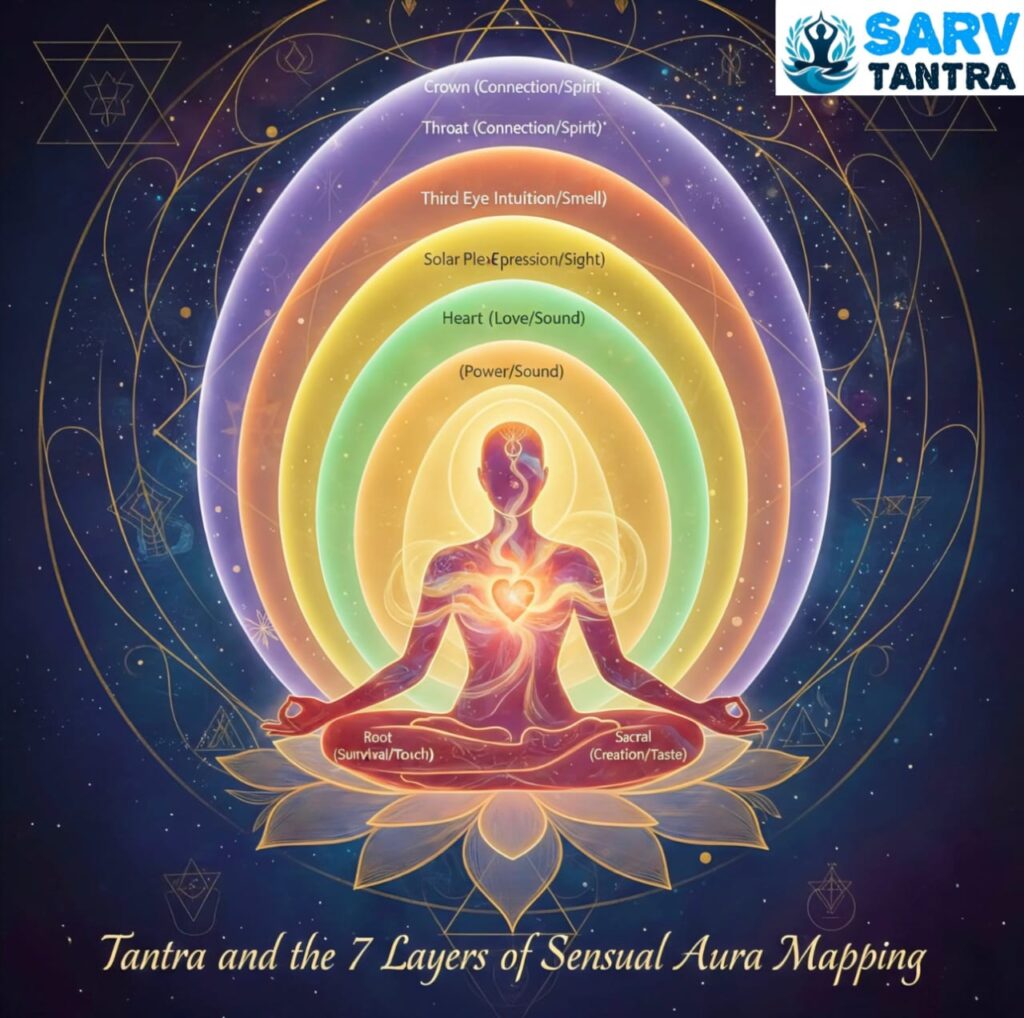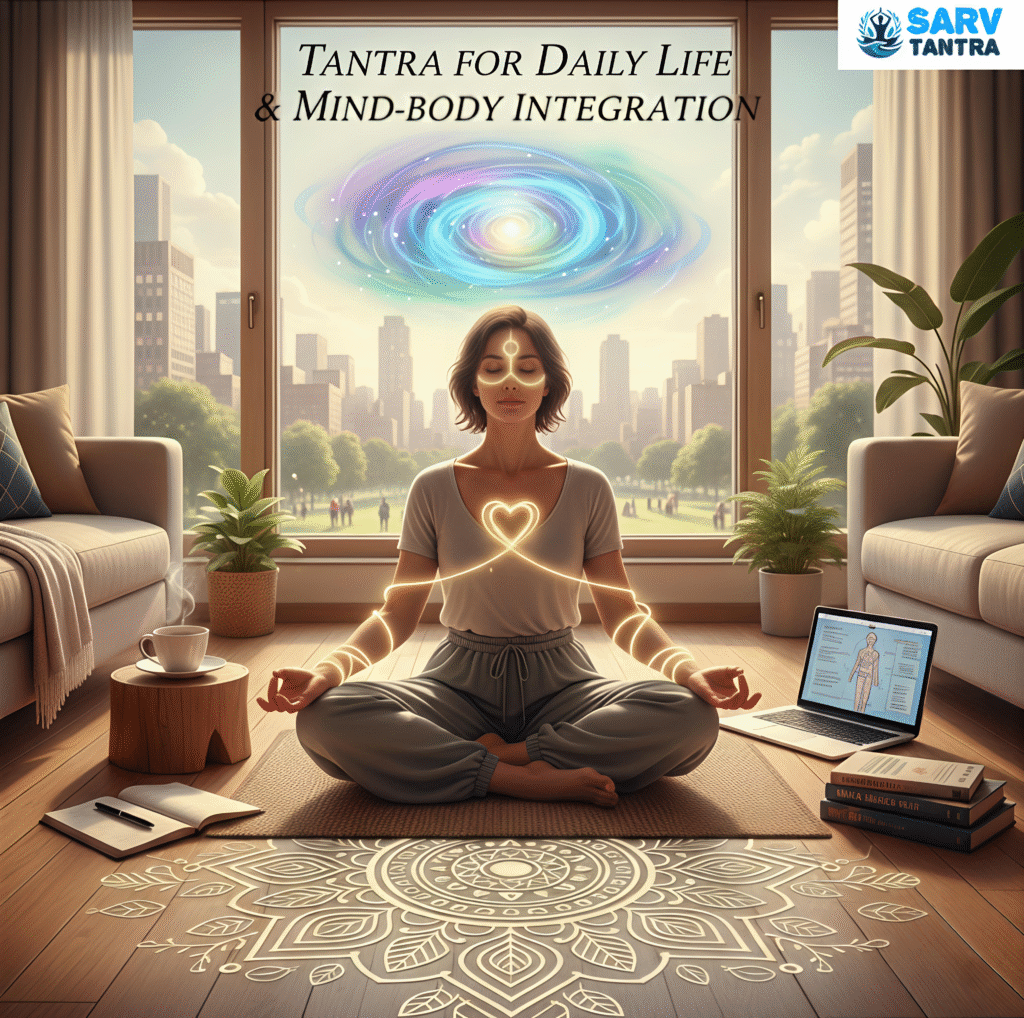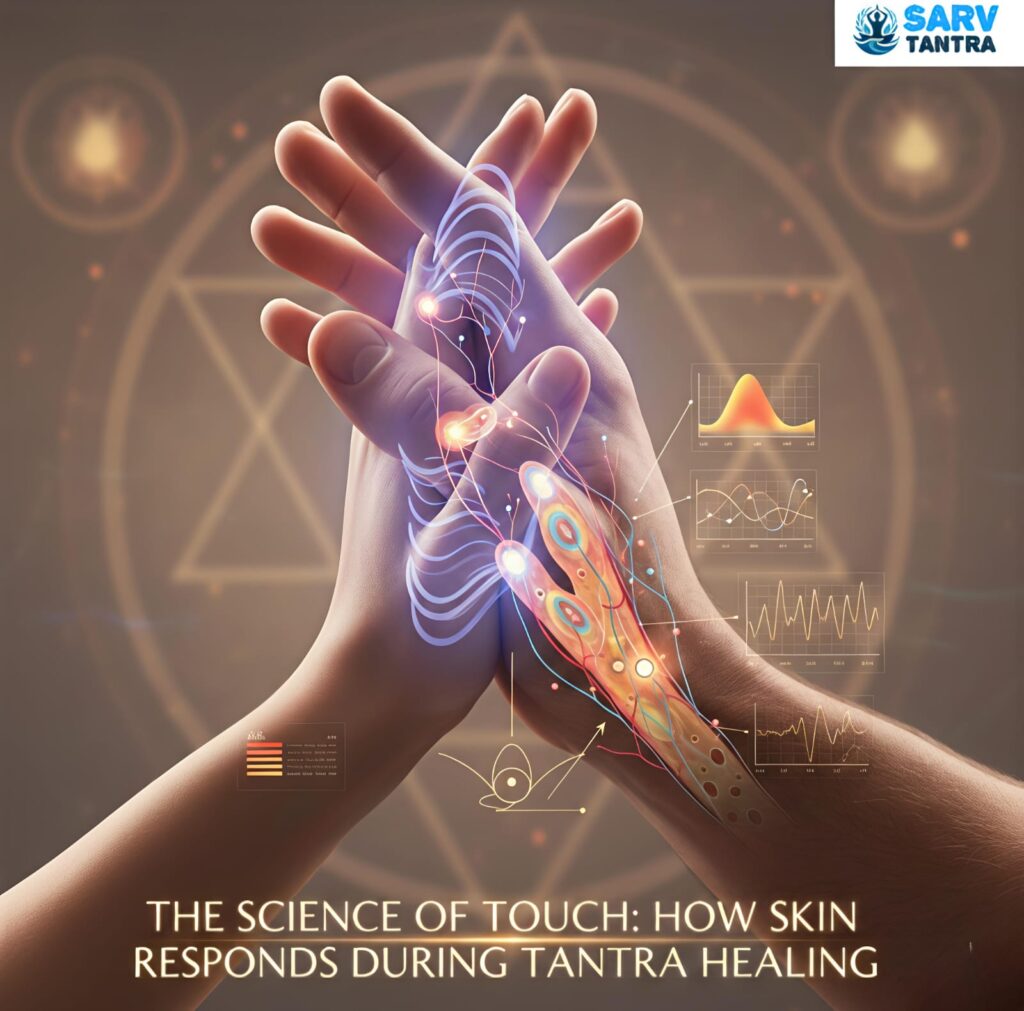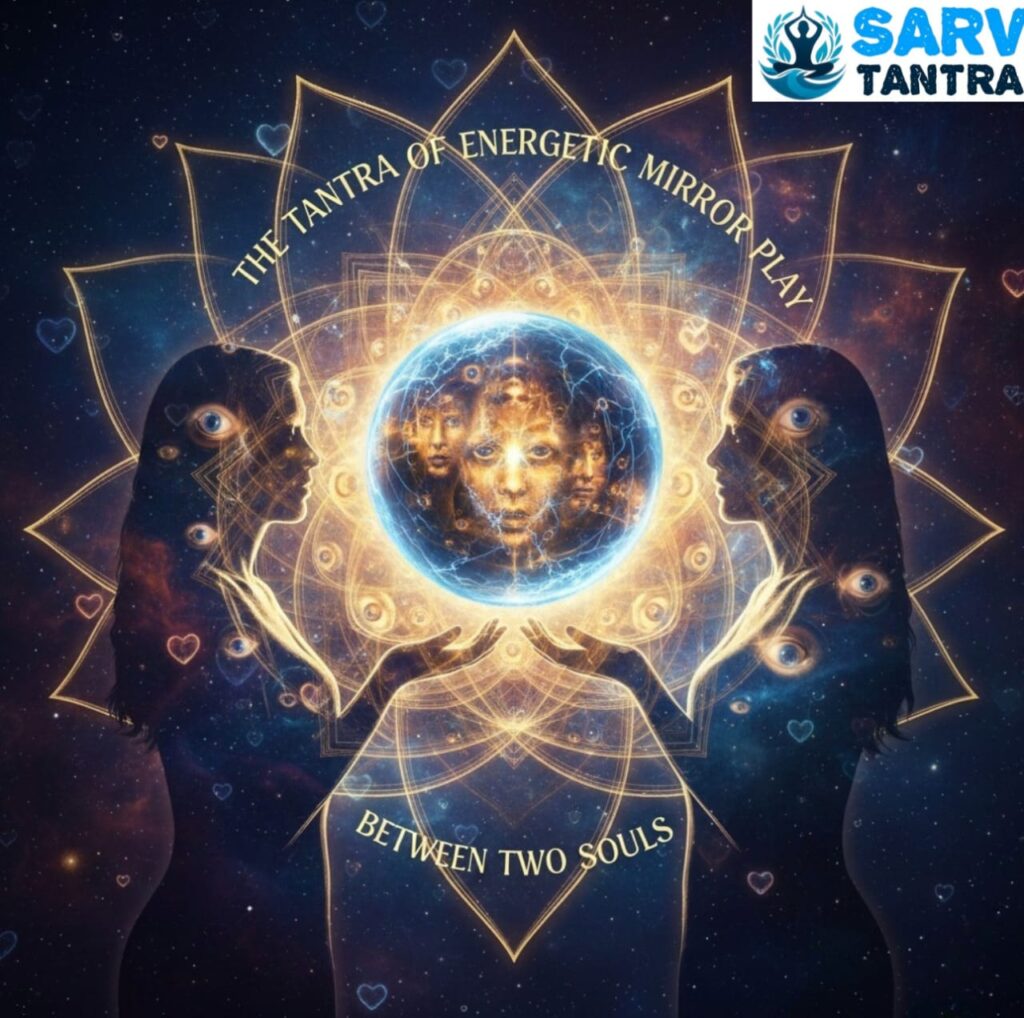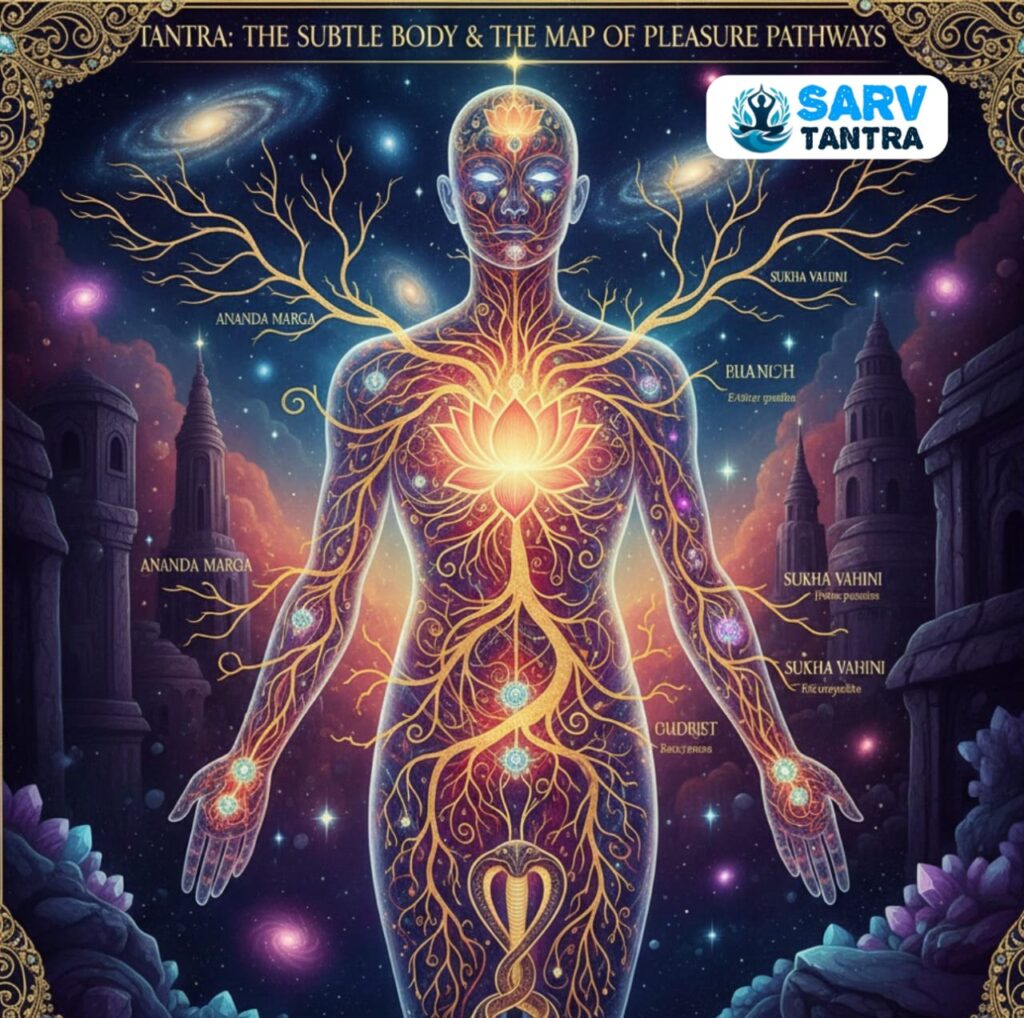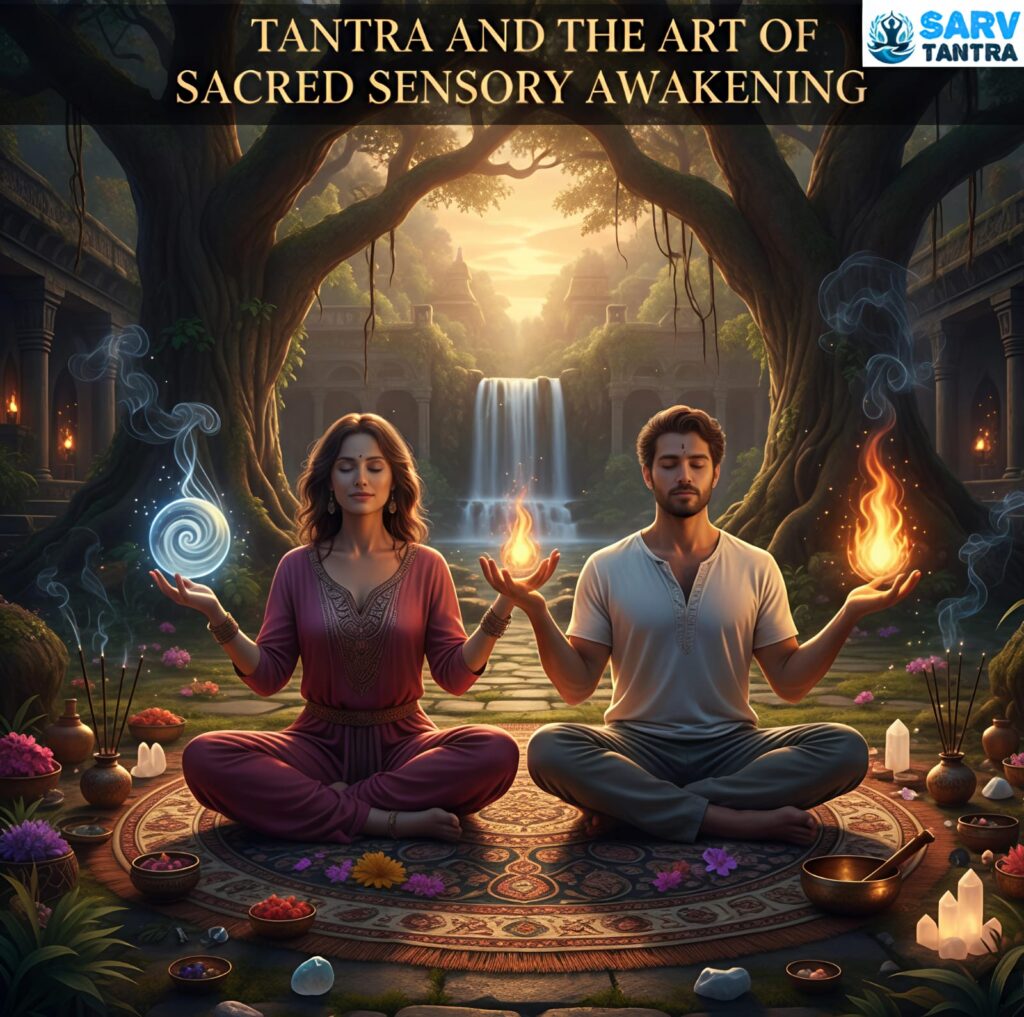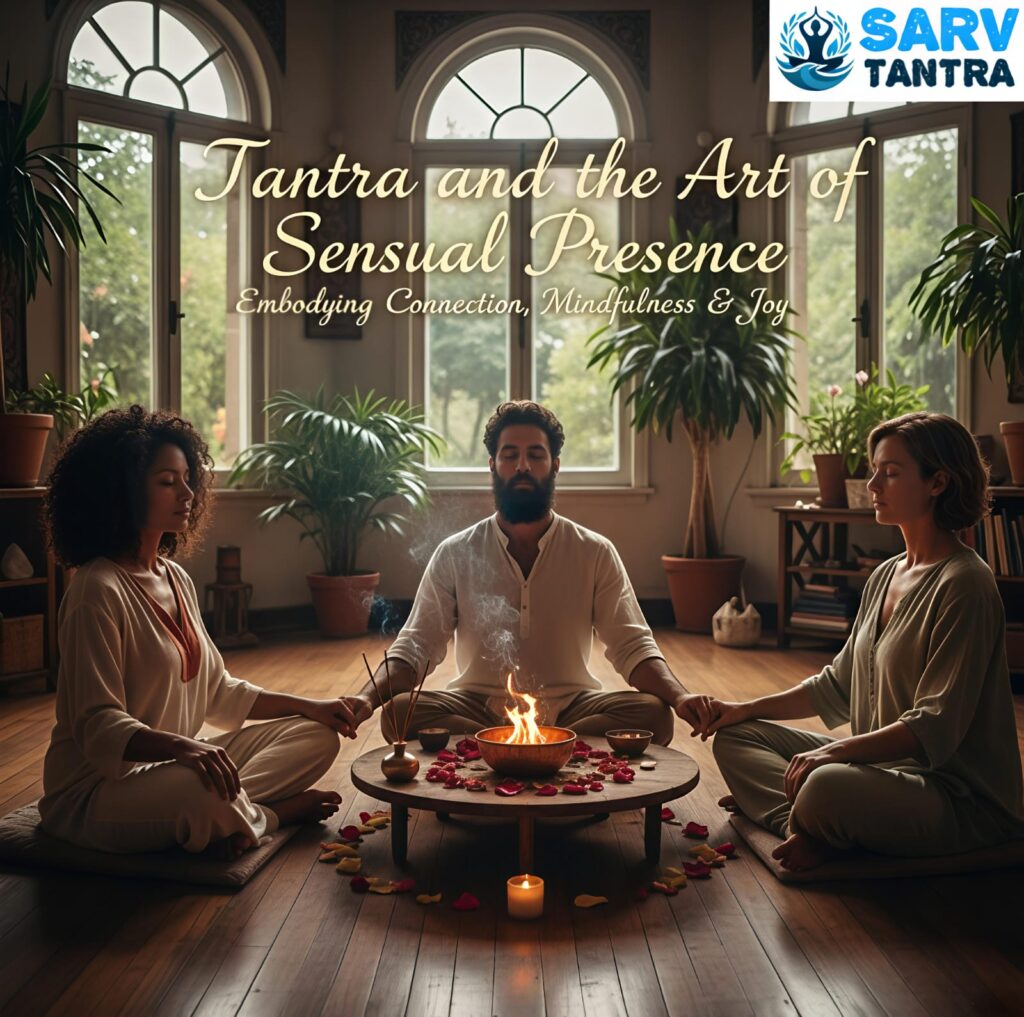Tantra and the Path of Inner Freedom
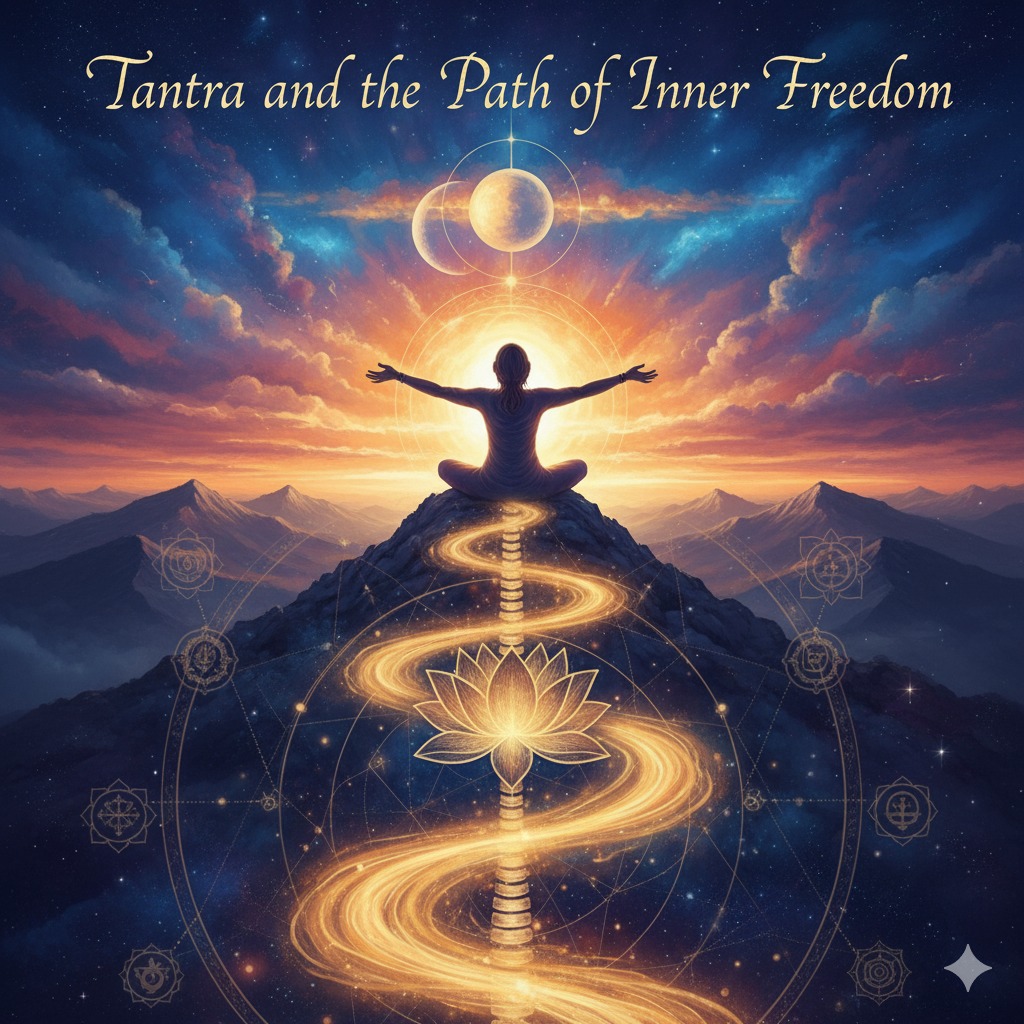
Introduction
Tantra is an ancient spiritual path that teaches liberation through awareness, acceptance, and integration of all aspects of existence. Unlike other traditions that emphasize renunciation or suppression, Tantra invites one to experience life in its totality. It is a way of transforming the ordinary into the sacred, where even the most mundane experiences become doorways to awakening. The path of inner freedom in Tantra is not about escaping life, but about living it fully, consciously, and with deep inner clarity. It is about discovering that the freedom we seek outside already exists within us.
Understanding the Essence of Tantra
At its core, Tantra is not merely a collection of rituals or esoteric practices—it is a philosophy of wholeness. It views the universe as a divine manifestation, and every individual as an embodiment of that same divine energy. The Sanskrit word “Tantra” is derived from “tan” meaning to expand, and “tra” meaning to liberate. Thus, Tantra means expansion of consciousness and liberation of energy. The essence of Tantra lies in awakening the dormant consciousness within, enabling one to live in harmony with the universe.
Tantra acknowledges that every individual carries both light and shadow, divinity and humanity. Rather than rejecting one for the other, it teaches us to embrace both aspects with awareness. This integration becomes the foundation of inner freedom. When we stop resisting what is and accept the totality of our being, transformation begins naturally.
Freedom Beyond Conditioning
Human life is often governed by conditioning—beliefs, fears, and emotional patterns that we inherit from society and family. Tantra recognizes that true freedom cannot be found until one breaks free from this conditioning. The path of Tantra begins by observing these patterns with awareness. It invites us to look within without judgment and recognize the layers of conditioning that limit our experience of truth.
By becoming aware of our conditioning, we begin to dissolve it. Tantra does not demand suppression or denial but transformation through consciousness. For example, when anger arises, Tantra teaches not to repress it or express it blindly but to witness it. Through witnessing, energy becomes transparent, and understanding arises. In this way, Tantra becomes a science of liberation through awareness.
The Role of Awareness in Liberation
Awareness is the central key in Tantra. Without awareness, life is mechanical and unconscious; with awareness, everything becomes sacred. Awareness transforms even ordinary acts—walking, eating, or breathing—into meditative experiences. Tantra teaches that when awareness penetrates every aspect of our being, we begin to experience inner freedom.
Awareness allows us to see our thoughts, emotions, and desires without being enslaved by them. It brings clarity to action and compassion to relationships. The deeper our awareness grows, the more detached we become from the illusions that bind us. Freedom, then, is not something achieved; it is revealed through awareness.
Acceptance as the Doorway to Freedom
Another cornerstone of Tantra is acceptance. Most people live in resistance—to their emotions, their past, their body, or their circumstances. Resistance creates conflict, and conflict creates bondage. Tantra teaches that liberation lies in total acceptance. When we stop fighting with reality, we begin to flow with it.
Acceptance is not passive surrender but a conscious recognition of what is. It allows transformation to happen naturally. For instance, when one accepts fear without resistance, fear loses its power. When one accepts pain with awareness, healing begins. Through acceptance, energy that was once trapped in suppression becomes free to move. This free flow of energy leads to expansion and inner freedom.
The Sacred Union of Opposites
In Tantra, the path of inner freedom also involves the union of opposites—the merging of masculine and feminine energies, known as Shiva and Shakti. These are not gendered concepts but cosmic principles that exist within every individual. Shiva represents pure consciousness, while Shakti represents dynamic energy. When these two forces unite within us, inner harmony and liberation occur.
The imbalance between these energies creates tension, restlessness, and confusion. Tantra provides practices to harmonize them through meditation, breathwork, and conscious living. When the inner Shiva and Shakti unite, duality dissolves, and one experiences oneness. This state of unity is the essence of freedom—freedom from separation and limitation.
Body as a Temple of Liberation
Unlike many spiritual traditions that deny the body, Tantra celebrates it as a sacred vehicle for awakening. The body is not an obstacle but a doorway to consciousness. Every sensation, breath, and heartbeat carries the potential to bring awareness. By honoring and listening to the body, one begins to experience the divine presence that flows through it.
Tantric practices such as yoga, meditation, and breath awareness are designed to harmonize body, mind, and spirit. When one becomes fully present in the body, the mind becomes silent, and awareness expands. In this silence, the taste of inner freedom is revealed.
Transcending Desire and Attachment
Desire is often misunderstood as the cause of suffering, but in Tantra, desire is seen as a powerful force that can lead to awakening if used consciously. The problem is not desire itself but our unconscious attachment to it. Tantra teaches that when desire is observed with awareness, it transforms into love; when attachment is seen with clarity, it dissolves naturally.
Freedom in Tantra is not about eliminating desire but mastering it. It is about transforming raw passion into devotion and ordinary pleasure into divine bliss. Through awareness, even desire becomes a path to liberation.
The Practice of Meditation in Tantra
Meditation in Tantra is not an escape from the world but an immersion into it with full awareness. It is the art of being present in every moment without division. Tantric meditation includes dynamic practices like breath observation, mantra chanting, visualization, and energy movement. Each technique is designed to awaken consciousness and dissolve inner barriers.
One of the core Tantric meditations involves simply observing the breath without control. As awareness deepens, the breath slows down, thoughts settle, and a space of stillness arises. In that stillness, the seeker experiences the essence of inner freedom—a state where nothing binds and everything flows.
Freedom Through Relationship and Connection
Tantra recognizes relationships as sacred mirrors through which consciousness can evolve. Every interaction becomes an opportunity to awaken. In relationships, one encounters attachment, fear, and vulnerability—all of which can lead to bondage if unconscious. However, when met with awareness, they become gateways to liberation.
Tantra teaches conscious relationship, where partners honor each other as reflections of the divine. Love in Tantra is not about possession but celebration; not about control but freedom. When love is infused with awareness, it becomes meditation. Through this, one learns to be free even in deep intimacy.
Living Tantra in Everyday Life
Inner freedom is not achieved through isolation but through living consciously in the world. Tantra teaches that every act—eating, walking, working, or speaking—can become a meditation if done with awareness. This integration of spirituality into daily life makes Tantra a living path.
When awareness becomes continuous, one begins to see the sacred in everything. Challenges turn into opportunities for growth; pain becomes a teacher; joy becomes worship. In this state, life itself becomes Tantra—a continuous unfolding of consciousness.
Freedom Beyond Ego
The greatest bondage is the ego—the false sense of “I.” The ego thrives on separation and identification with roles, desires, and fears. Tantra helps dissolve the ego by bringing awareness to its illusions. When one realizes that the ego is not the true self, but merely a construct, a profound inner space opens up.
In that space, freedom is natural and effortless. The seeker realizes their true nature as pure consciousness—unlimited, eternal, and blissful. This is the ultimate goal of Tantra: freedom from the illusion of separateness and awakening into oneness with existence.
Conclusion
The path of inner freedom in Tantra is not a destination but a journey of unfolding awareness. It invites us to live authentically, embrace our totality, and awaken to the divinity within. True freedom is not about escaping life but being fully present in it. It is about transcending the limitations of mind, embracing love, and living with open awareness.
When awareness and acceptance unite, the soul blossoms into freedom. Tantra becomes not just a practice but a way of being—a life lived in harmony with existence, where every breath is sacred and every moment is liberation.




